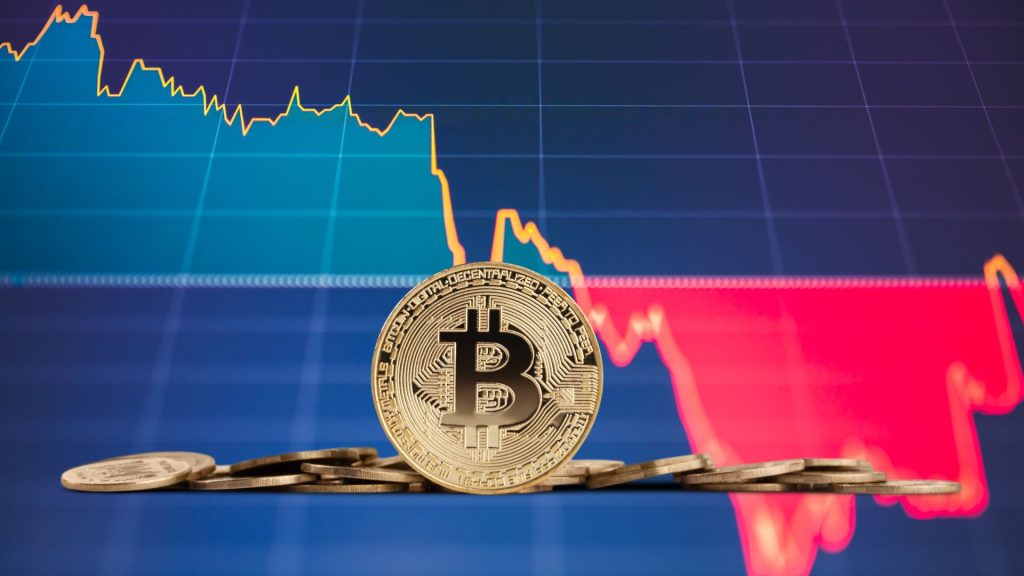
Managing the Risks and Volatility in the Crypto Market
The crypto market has become infamous for its volatile nature, fraud, and technical glitches and is known as one of the riskiest financial markets in the world. Hence, managing risks and volatility in the crypto market is even crucial with high levels of risks and returns in these asset classes.
It’s no longer optional for anyone who wants to enter or exit the crypto market to understand the risks and volatility. Traders must know the reasons behind these risks to manage them effectively.
Risks involved in the crypto market
Traders can face the following risks in the crypto market:
- Market Risk: Causes loss due to market fluctuations.
- Liquidity risk: Traders cannot buy or sell crypto quickly because there are too few buyers or sellers.
- Regulatory Risk: Government regulations might affect the trading environment.
- Counterparty Risk: The party traders are trading with won’t fulfil their obligations, like delivering assets.
- Overtrading Risk: This can lead to poor decision-making, losses, and stress from constant monitoring.
- Emotional Trading Risk: Emotional decisions, like panic selling or FOMO buying, might result in losses.
- Holding Risk: When traders Keep assets on an exchange or in a hot wallet that might expose them to losses due to hacking.
What is Volatility in the Crypto Market?
The volatile nature of the crypto market arises due to many factors. Market speculation and the intertwined elements of fear, uncertainty, and doubt influence the prices of crypto assets. The limited crypto liquidity also adds to the volatile nature.
Apart from this, the interplay of regulatory changes, potential cybersecurity breaches, and the influence of official announcements, news reports, and social media sentiment collectively mould the volatile landscape of the crypto market.
How to Manage the Risks and Volatility?
Traders can use effective crypto risk management strategies and tools to manage these risks effectively. Below are some of them-
Stop-loss orders
Setting a stop loss in order allows you to buy or sell once the price of crypto touches a specified price, known as the stop price. It will prevent further decline, minimizing the losses.
Take-Profit Orders
Also known as take profit, this order is placed to sell the crypto once it hits a target price, thus locking in profits on the trade. A take-profit target is set while placing the order.
Leverage Management
In crypto trading, leverage management refers to borrowing funds to multiply the potential returns on an investment. It involves exposure of the crypto assets beyond your initial investment, and traders should be cautious about its implications before taking the leverage.
Diversification
It involves spreading your portfolio without restricting it to one type of crypto. So, if some crypto assets fall in value, others may decline to a small extent, maintain their price, or even rise.
Emotional balance
Too much greed or excessive fear might push you to fall towards volatility and other risks. To master the emotion, traders must understand their goals.
Managing the volatility and risks of the crypto market takes time. It requires strategies, tools, patience, and practice to create awareness while encountering these risks gradually.
Become a part of a global network of professionals and improve your trading decisions. Find your perfect liquidity partners!
Contact us now and become an efficient trader!





